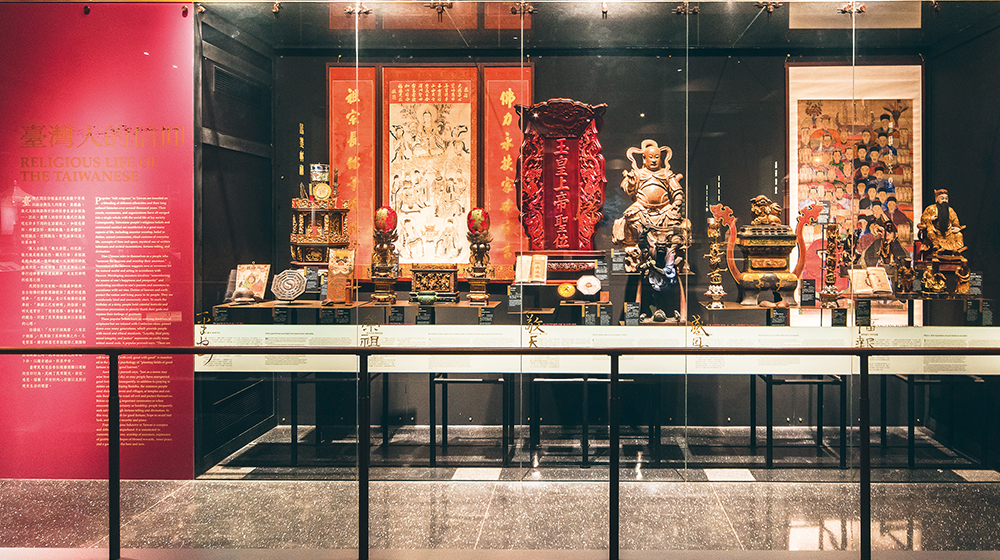Faith traditions and religions can be seen as the crystallization of goodness in human nature. We can see many common aspects of human pursuits from these religions, and they can be a representation of value of human civilization as a whole. For thousands of years, people around the world have been able to break through the limits of life to create sacred objects and artifacts with extraordinary artistic achievement to highlight and celebrate the eternal values that are revered. This can be a very touching aspect of these objects.
While we marvel at the skill achievements and artistic value of religious artifacts, do we perceive the possibility of spiritual enrichment and redemption through religious artifacts? Or do we perceive a worldview in which we ourselves can coexist in balance with all other creatures?
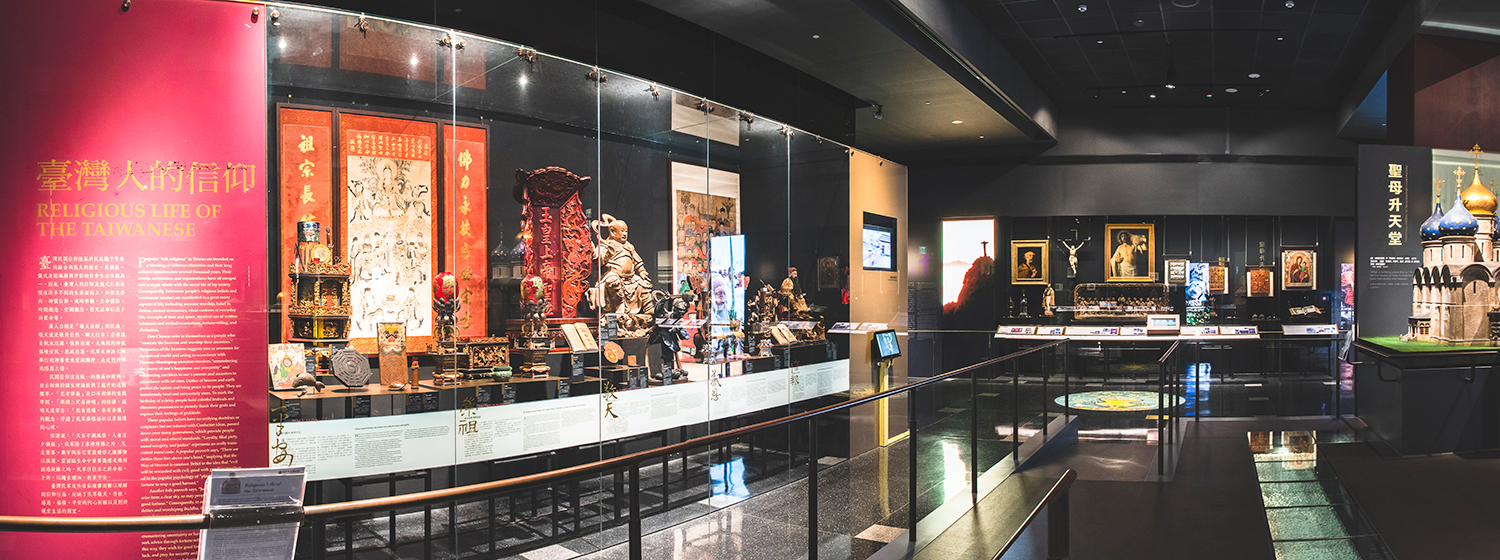
Ancient Egypt
A polytheistic religious system that believes death is not the end of life.
Ancient Egyptian religion was an ancient regional religion. While adherents have long since died out and it no longer exists as a belief system practiced today, later generations have referred to it as ancient Egyptian mythology. At the core of this ancient religion is a complex system of polytheistic beliefs and religious rituals, and formed an integral part of ancient Egyptian society.
Ancient Egyptians believed in the existence of numerous deities who had control over the world. They believed that these gods and goddesses could bestow their blessings upon people, and individuals sought their blessings and protection through prayers and offerings. Pharaohs were considered a crucial part of the worship rites and were believed to be the embodiment of the divine and rulers who unified the realm of humankind and the gods. In addition to the pharaoh, the ancient Egyptian religion considered the following deities as important: Horus, the protector god of the pharaoh; Isis, the mother of Horus; Osiris, the god of the afterlife; and Bastet, the goddess of joy.
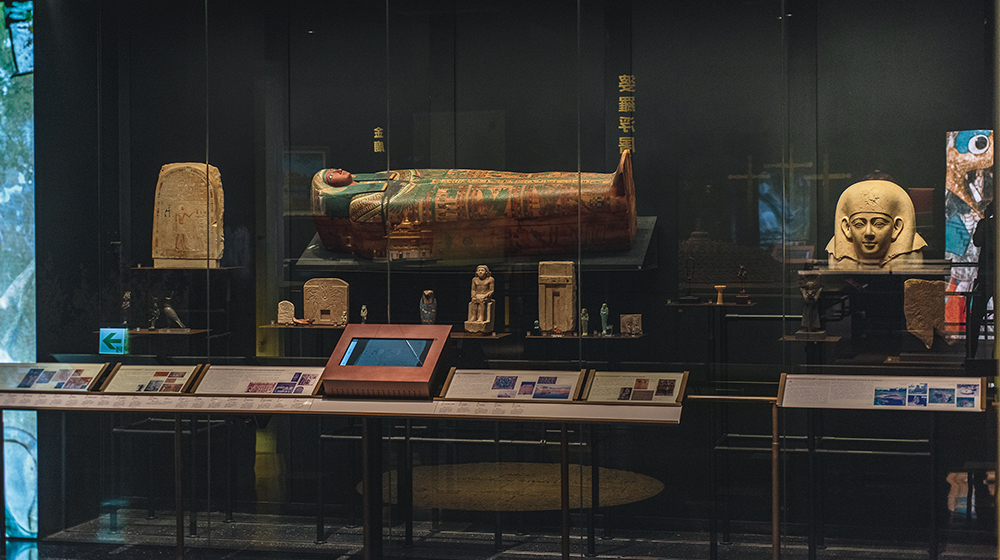
Maya
Nature worship that incorporates the spirit of other religions.
The Mayans, as we call them, are mainly found in Central America, where they have been living for more than 3,000 years. There are still hundreds of Mayan civilization sites in Central and South America.
Although the Mayans still practice religious rituals today, much of the early Mayan religious spirit has been lost as the Mayan cultures’ decline. The invasion of foreign cultures posed a serious threat to the Maya religion, but the Maya religion has not disappeared completely, but has integrated the Catholic spirit and totems to reveal the vitality of the indigenous religion.

Judaism
God's covenant with his chosen people.
Jewish beliefs, values and traditional lifestyles are generally referred to as Judaism. Judaism is a monotheistic religion whose main scriptures are the Tanakh (Hebrew Bible) and the Talmud. The Tanakh includes the Torah (i.e., Five Books of Moses, or Pentateuch), and the Talmud are formed by the Oral Torah (Mishnah), the commentary and interpretations on the Mishnah (Gemara), and the interpretations on spiritual text (Midrash). For practicing Jews, Judaism is the basis for the covenant between God and the chosen people of Israel.
The basic doctrine of Judaism is the belief that God is the creator of the heavens and the earth, and is the one and only true God. The Jewish people are required to worship the one and transcendent God, and they must strictly observe the prohibition of idol worship that God commanded to Moses, as well as the obligation to observe the Ten Commandments and the laws regarding the Sabbath.

Christianity
A new covenant with God in the Holy Communion and the Holy Blood.
Christianity is a religion that believes in Jesus Christ as the Son of God and Savior (Messiah). In this book, the term "Christianity" is used to describe the faith traditions which believe in Jesus Christ as the Son of God.
The basic doctrines that Christians believe in are the Trinity, Christology, and Salvation. Trinitarian doctrine emphasizes the sanctity of the Father, the Son of God, and the Holy Spirit as three distinct persons (hypostases) sharing one essence/substance/nature (homoousion). Christology doctrine refers to the coexistence of the human and divine natures in Jesus Christ, the true manifestation of the invisible God on earth, i.e., the incarnation. Salvation refers to the belief that Jesus dying on the cross was the sacrifice necessary to redeem the sins of humankind, redeeming the broken relationship between man and God.
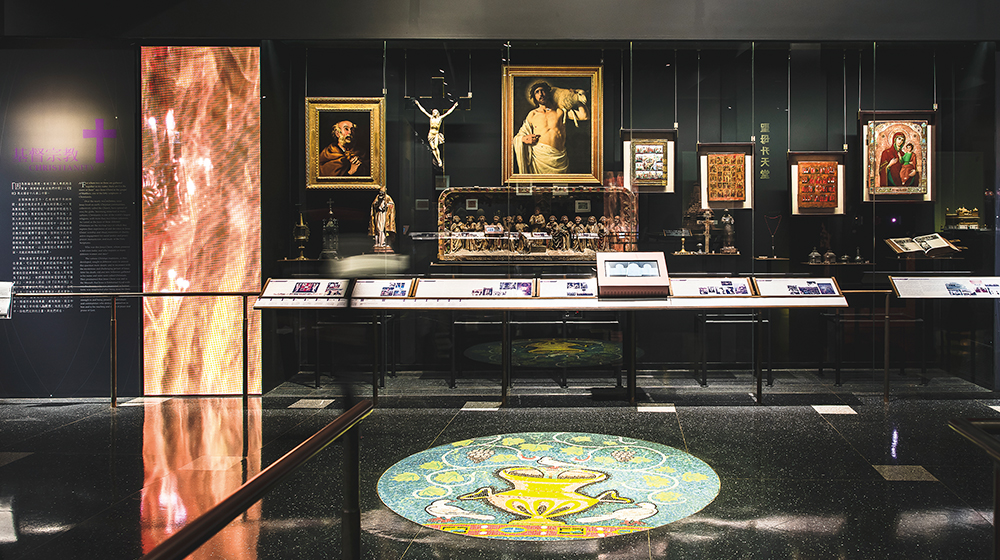
Islam
Followers who obey the laws of Allah.
The Arabic word "Islam" means submit to the one and only Creator and Lord of the universe. Muhammad ibn Abdullah received a revelation from God through the Archangel Jibril and was instructed to gather people to Islam and to integrate the revelations he received into the Qur'an, the Islamic scripture, which is considered the ultimate and best fundamental guide from God to mankind. Prophet Muhammad is revered as the original and most authoritative interpreter of the Qur'an. Through the Qur'an and the Sunnah, the example of the Prophet Muhammad's words and deeds, Muslims have continued to develop diverse and complex ways of approaching God and interpreting His will.
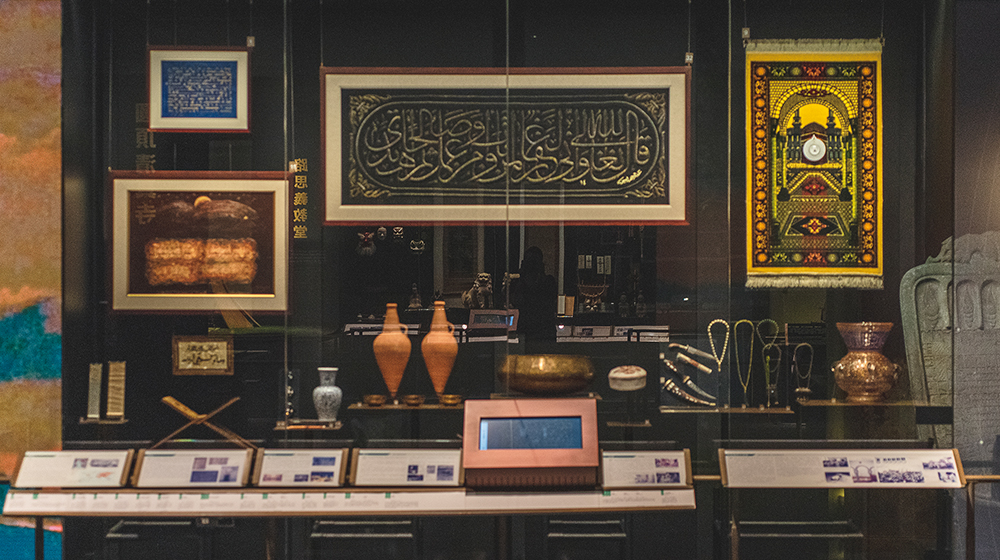
Hinduism
A worldview of the cycle of creation, preservation, and destruction.
Hindus hold that “Brahman,” which cannot be characterized or manifested, is the fundamental principle underlying all things. Every living thing, including the highest gods, is a manifestation of Brahman and bears a portion of it. An immortal soul known as the “atman” exists within people and experiences endless cycles of rebirth. The quality of a person’s subsequent rebirths will depend on their life’s “karma,” or good or bad deeds. The cycle of self and rebirth can be broken by choosing one of the three selfless paths of karma, jnana, or bhakti. Because of this, many Hindus refer to their religion as the “Sanatana Dharma,” believing that by abiding by the various “Dharma ” it outlines, they can either improve their afterlife or reach the ideal state of "union with Brahman" and be liberated.
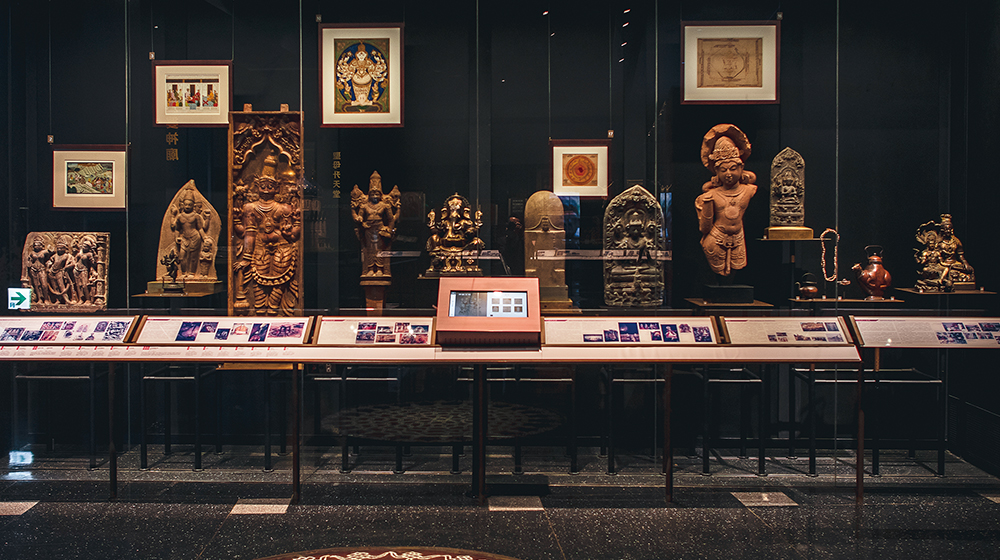
Buddhism
Pursuing the path of enlightenment and awakening in spiritual practice.
Buddhism is a faith tradition based on the teachings of Siddhartha Gautama, also known as Shakyamuni Buddha. It takes the teachings and actions of Buddha as its core philosophy, guiding people to attain liberation from suffering and seek inner peace through inner enlightenment.
The Buddha is also known as the "Awakened One" or "Enlightened One", meaning the one who has attained the supreme enlightenment, who is able to understand the nature of life and guide beings on the right path to follow. The teachings of the Buddha point out that sentient beings are trapped in the cycle of birth, death, and rebirth (samsara), where existence is filled with suffering. This suffering arises from the actions driven by the three poisons (or three unwholesome roots) of attachment, aversion, and ignorance. Under the guidance of the Triple Jewels of Buddhism —Buddha, Dharma, and Sangha—followers can practice and follow the principles of the Noble Eightfold Path. By doing so, they can extinguish all suffering, reach the state of Nirvana, and liberate themselves from the bondage of desires and the painful cycle of samsara. This is the ultimate goal of Buddhist practitioners.
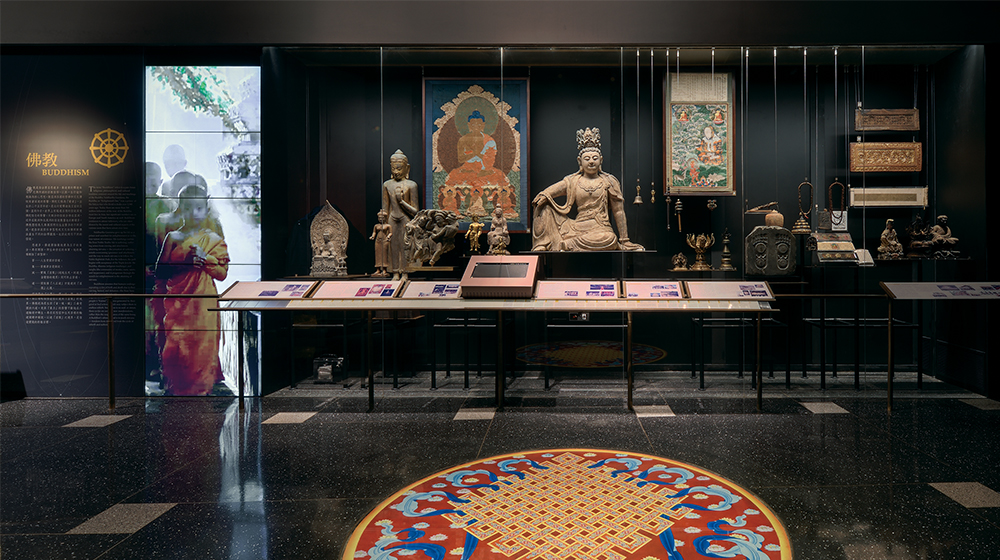
Sikhism
Obedience to the commandments by means of clothing and accessories.
Sikhism originated in the Punjab region of India and incorporates elements from both Hinduism and Islam. Based on its own unique religious philosophy, Sikhism asserts that external religious rituals and caste divisions are irrelevant to the inner spiritual growth sought by the faith. Its ultimate goal is to attain union with God and liberation from the cycle of karma.
The term “Sikh” translates to “disciple” and symbolizes the followers as disciples who follow the teachings and example of their spiritual guru (teacher). The guru is the central figure in Sikhism. Starting from Guru Nanak, there have been ten Gurus who provide the fundamental guidance for Sikh lifestyle and beliefs.
After Guru Gobind Singh, the Sikh scripture Guru Granth Sahib is regarded as the final Guru. It is revered by Sikhs as the physical embodiment of the enlightened Gurus and holds an unparalleled status in the faith.
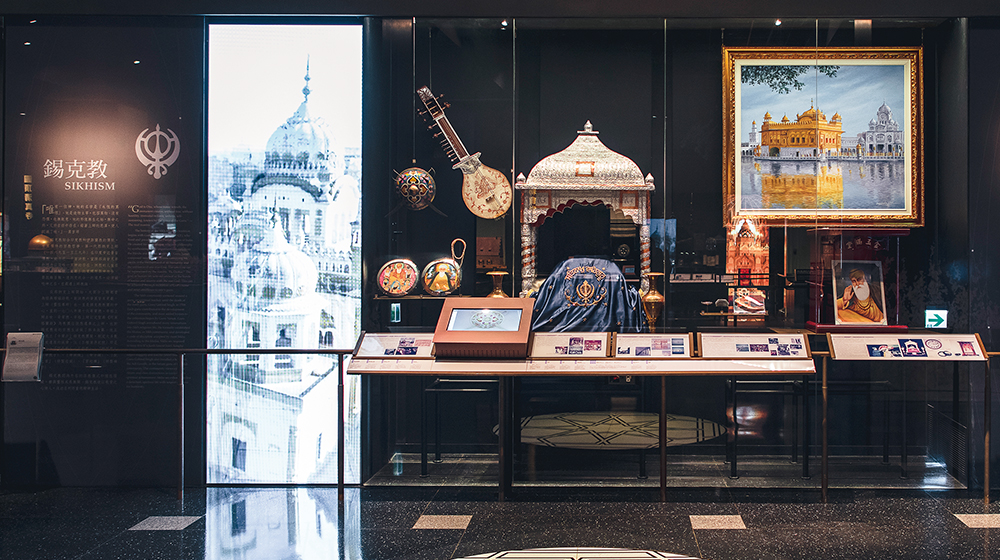
Daoism
Engaging in worldly practice is to save and help others in need.
Taoism originated in China and is based on the teachings of Laozi, Zhuangzi, and other Taoist sages. It integrates various philosophical theories such as Yin-Yang and the School of Celestial Masters (神仙家), forming a belief system centered around the supreme principle of the “Tao” (the “Way” or the “Path”). The Tao is the fundamental principle that governs the truth of all things. By following the Tao, deities and all things are brought into existence. Therefore, in Taoism, the “Tao” also refers to the “Way” one should follow. By adhering to the teachings of Taoism, one can align with the natural order of the Tao and avoid going "against the flow".
Like many other religions, Taoism places importance on saving and benefiting mankind. However, Taoism also emphasizes individual spiritual practice. Taoism believes that through various forms of cultivation such as alchemy, rituals, and spiritual preservation, individuals can attain the “Tao” and achieve immortality. Furthermore, by transcending the cycle and limitations of life and death; it is through personal spiritual transcendence that one can comprehend and attain the principles and power to save others and contribute to society.
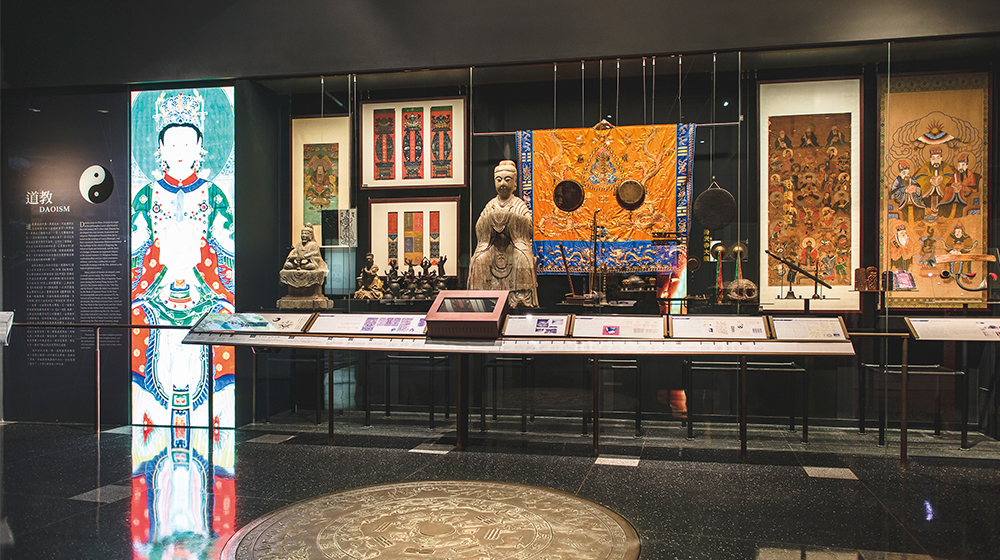
Shinto
The Way of Living with Eight Million Gods.
Shintoism is the oldest religion in Japan. The meaning of “Shinto” is “The Path of the Gods.” It is a form of nature religion that encompasses the sea, mountains, animals, plants, and even awe-inspiring, terrifying, or mysterious things, all of which can be referred to as gods.
Shintoism does not emphasize the idol worship of historical figures, sacred scriptures, or systematic doctrines. Rather, Shintoism is often regarded as a shared set of values and a way of life for its adherents. Furthermore, mythology and religious rituals play a crucial role in maintaining the connection and devotion of its believers. The most important concept of Shintoism is to be “clean”. Since human beings are “good” by nature, their innate goodness will be revealed once the “filth” is removed. Therefore, the Shinto rituals are based on a return to the purity of nature.

Religious Life of the Taiwanese
Folk beliefs that includes worshiping both deities and ancestors.
Taiwanese folk beliefs mainly refers to the Han Chinese folk belief system, which is rooted in the long history of the Han Chinese. Its doctrines, rituals, and organizations are well integrated with secular lifestyles. Therefore, the beliefs and ritual practices of the Taiwanese people are manifested in various aspects of life, such as life-and-death rituals, concepts of time and space, the use of charms and spells, as well as divination and fortune-telling through methods like divination charts.
In Taiwanese folk belief, there is no consistent or systematic doctrine or scripture. The main beliefs revolve around two aspects: “Jing Tian (敬天)” (revering heaven) and “Chong Zu (崇祖)” (venerating ancestors). Revering heaven involves showing awe and respect towards nature and acting in accordance with its principles. Venerating ancestors emphasizes the importance of recognizing one's roots and showing reverence towards one’s ancestors throughout the generations. In addition, there are regular grand religious ceremonies held, and these events serve as key occasions for religious gatherings and rituals.
